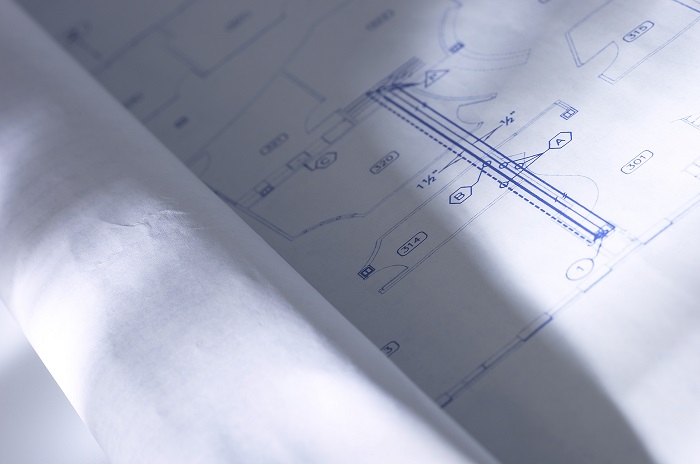Architectural practice
In the built environment, the term 'professional practice' refers to the conduct and work of someone from a particular profession. Architectural practice therefore is that area of activity that sees professional architects engaged in the design and construction of buildings, selling their services to clients while complying with the requirements of their professional body.
An architectural practice may involve a large office with hundreds of architects and other associated professions, such as structural engineers and services engineers, surveyors, marketing/PR and administrative back-up, or it may involve smaller offices with just a handful of people. The smallest architectural practice is the sole practitioner working from a home office.
[edit] Professional bodies
Architects must be professionally qualified – in other words they have sat and passed relevant examinations, successfully worked for the prescribed periods in industry (a term sometimes used for professional practice) and satisfied the requirements of their profession’s governing body. In the UK, this may be the Royal Institute of British Architects (RIBA), although the statutory requirement is to be registered with the Architects Regitration Board (ARB). In the US it is the American Institute of Architects (AIA).
These institutions have their respective codes of pracitce and standards that their members must follow under particular circumstances. Certain standards may also be expected by law or by contractual obligations and can include duty of care, duty to warn, and reasonable skill and care.
The term ‘chartered practice’ is legally protected and designated by professional institutions such as the (RIBA). This means that only architectural practices that are accredited by the RIBA can use the label ‘RIBA Chartered Practice’, use the RIBA logo, and include or display certification in proposals, bids or offices.
Practice or practise?
It is worth noting the difference between ‘practice’ and ‘practise’: in UK English, the former is a noun (as in architectural practice) while the latter is a verb (practise playing guitar, etc). A useful mnemonic is that practice contains ‘ice’ which is a noun. So, practise is the verb. However, in American English, 'practice' is both noun and verb.
[edit] Related articles on Designing Buildings Wiki
Featured articles and news
Infrastructure that connect the physical and digital domains.
Harnessing robotics and AI in challenging environments
The key to nuclear decommissioning and fusion engineering.
BSRIA announces Lisa Ashworth as new CEO
Tasked with furthering BSRIA’s impressive growth ambitions.
Public buildings get half a million energy efficiency boost
£557 million to switch to cleaner heating and save on energy.
CIOB launches pre-election manifesto
Outlining potential future policies for the next government.
Grenfell Tower Inquiry announcement
Phase 2 hearings come to a close and the final report due in September.
Progress from Parts L, F and O: A whitepaper, one year on.
A replicated study to understand the opinion of practitioners.
ECA announces new president 2024
Electrical engineer and business leader Stuart Smith.
A distinct type of countryside that should be celebrated.
Should Part O be extended to existing buildings?
EAC brands heatwave adaptation a missed opportunity.
Definition of Statutory in workplace and facilities management
Established by IWFM, BESA, CIBSE and BSRIA.
Tackling the transition from traditional heating systems
59% lack the necessary information and confidence to switch.
The general election and the construction industry
As PM, Rishi Sunak announces July 4 date for an election.
Eco apprenticeships continue help grow green workforce
A year after being recognised at the King's coronation.
Permitted development rights for agricultural buildings
The changes coming into effect as of May 21, 2024.






















